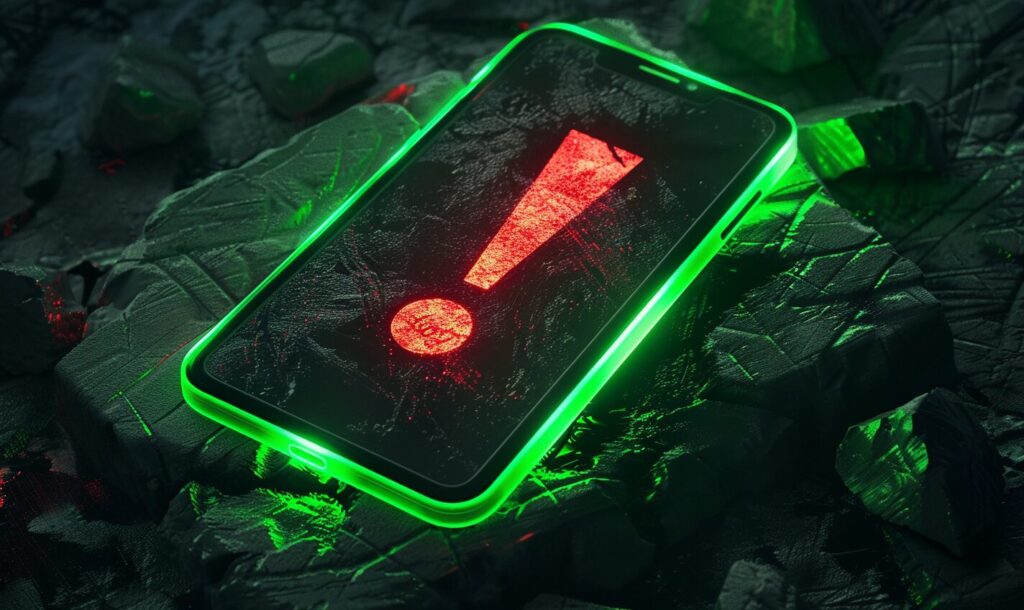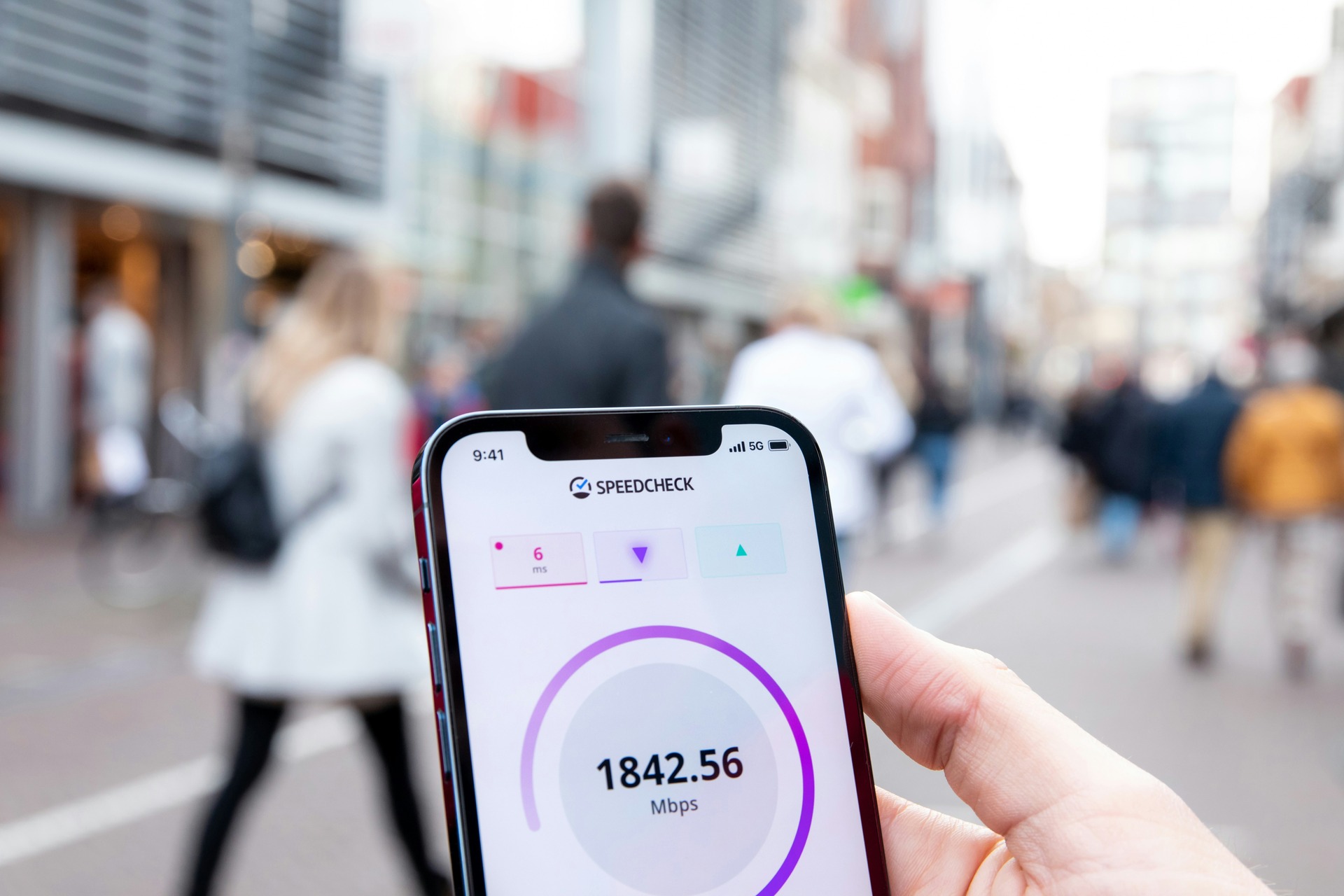Wireless charging is an increasingly popular option for many of today’s smartphones. But how does wireless charging work?
This technology hasn’t been around for long, but it’s been in development since the 19th century. Nikola Tesla investigated ways to send electric currents through the air using a transmitter and receiver to create a magnetic field. While his plans didn’t take off immediately, they led to what is now becoming more popular — wireless charging.
Now that it’s taking over the smartphone accessory scene, experts and consumers want to know how they work, their pros and cons and how they’ll change in the future.
The Technology Behind Wireless Charging
Wireless charging is a relatively simple process. It’s the transfer of power between any two objects through an electromagnetic field.
First, there’s a magnetic bar, and around this bar is a loop of coiled wires, which makes the inductor. When in proximity with a receiver – like the coils and magnets inside a smartphone – the loops can resonate at the same frequency in both devices. With an electric current running through the coiled wires, you get the electromagnetic field, which creates the charge.
These materials and steps are what go into making three types of wireless charging possible:
- Radio frequency: This type of wireless charging is a way to power smaller devices, those that don’t require large batteries. Wireless keyboards, hearing aids and smartphones are examples that already use radio waves, which makes them optimal for RF technology.
- Inductive charging: This technology takes a step up and hosts a platform for medium-sized devices. For instance, tablets and some smartphones may require inductive charging. Most commonly, you place your device on a charging pad that plugs into an outlet.
- Resonance charging: For devices that entail large-scale energy or battery use — an electric car or robot may use this form of charging. This short-range technology requires that both sources emit electromagnetic frequencies from their wire coils.
Though wireless charging is becoming the next big thing, it has some drawbacks, too.
Pros and Cons of Wireless Charging
Since wireless charging is relatively new, developers are still working on how to bring it to its full potential. For instance, this technology is frequently slower than charging with a cord. If you’re on the go, you’ll want to use the wire.
It also doesn’t offer the most practical use while charging. If a phone is on the charging pad, you can’t use it like you would with a cable. Developers are currently attempting to work on offering a greater charging distance, so the device does not need to remain on the pad. In some cases though, improper placement could make your phone fail to charge.
Nevertheless, charge speed is improving, and a pad does offer more convenience if you’re not using the device. It’s also is less likely to fray or get damaged since you won’t be using it like a regular cord.
Some believe the myth that wireless charging is bad for your phone’s battery. However, it operates roughly the same as a wire does. Still, the pros and cons are arguably equally balanced, and experts are working on more integrations every day.
The Future of Wireless Charging
Wireless charging integrations are starting to appear everywhere you look.
Newer car models offer wireless charging in the center console. Airports and various Starbucks locations are implementing charging pads into their counters and visitor stations. IKEA is even rolling out new furniture with built-in wireless charging. With these new developments, this technology shows promise for the future.
Experts will continue to work on charging over longer distances. With smaller, tighter coils, they can perhaps fit more wires and create stronger electromagnetic fields. In the future, you can expect to see the integration of wireless charging in new industries, as well as everyday life.
Recent Stories
Follow Us On
Get the latest tech stories and news in seconds!
Sign up for our newsletter below to receive updates about technology trends














